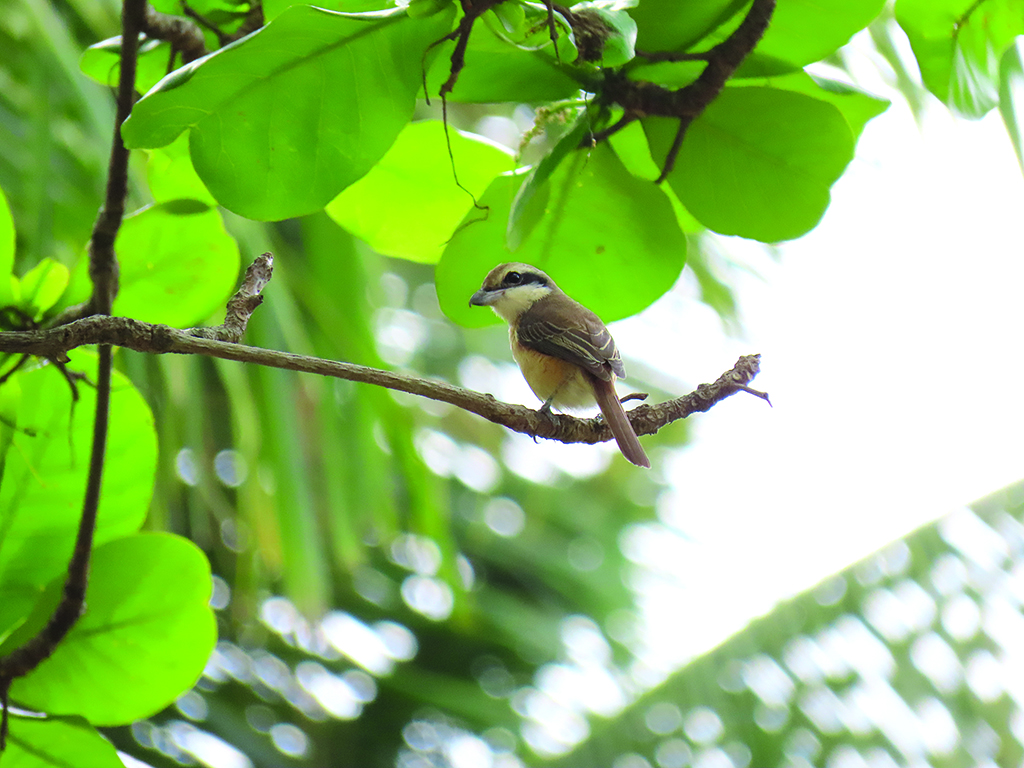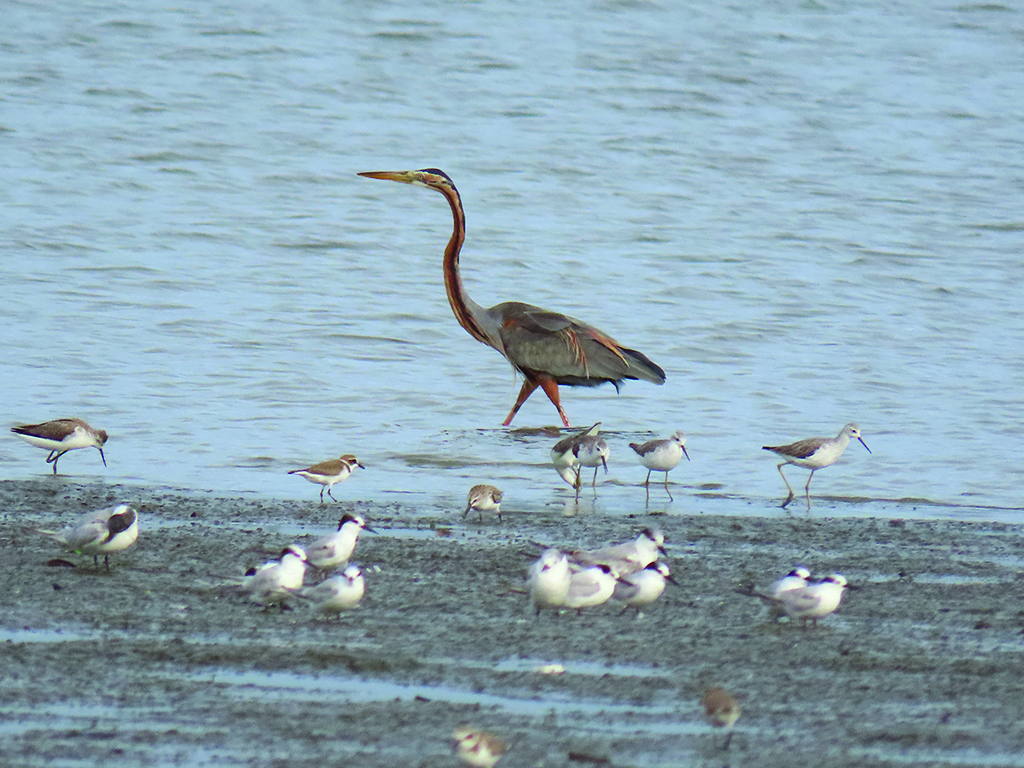Anyone can help out with conservation! We’re right in the middle of migratory season in the Philippines, so now’s your chance to help protect
the tens of thousands of migratory Birds that pass through and hang out here during the winter season.
Here are seven easy ways you can get started.

1. AVOID USING INSECTICIDES
Many migratory species rely on Insects to refuel energy for their journey. Common creepy crawlies might be unwanted in our gardens, but they are a vital food source for these Birds, especially in the city. They may eat Insects who have ingested pesticides, and some of these chemicals tend to accumulate in their little bodies, possibly causing diseases and even infertility.
You might want to hold off on your insecticides and try home- based methods, such as using soapy water or chili-infused water.
2. PLANT NATIVE TREES IN YOUR BACKYARD AND COMMUNITY
Many common ornamental garden plants are actually not local kinds. Try planting fruiting and flowering native trees to provide food for Birds!
These can be small trees like Tagpo (Ardisia squamulosa) and Bani (Pongamia pinnata) or large trees like Malabulak (Bombax ceiba). Planting native is also a great way to help more Insects thrive in your area. Another win for Insect-loving Birds!
FRUSTRATED PLANTITA?
For those without a backyard, you can opt to grow native trees as seedlings, then give them away to communities and schools who have the room to nurture the trees to their full size.
3. PROTECT WETLANDS AND GRASSLANDS
Open fields are often cleared out and cut because they look messy, but you will often see Egrets walking and stalking prey during the winter months. Wetlands are usually drained because they stink, and mudflats tend to be used for land reclamation activities despite being critical sites for migratory Birds to eat and rest.
Speak up against coastal land reclamation and work with your local community to preserve pocket wetland areas near you!
4. KEEP YOUR CATS INDOORS
Can you imagine flying thousands of kilometers from your home, just to be chased around by someone’s furbaby? Pretty stressful, don’t you think?
Keeping Cats indoors is one of the best things you can do for them and the wild Birds living outside! You might want to try making a catio or birdwatching deck to keep your furbaby entertained.

5. TURN THE LIGHTS OFF AT NIGHT
A number of migrating Birds fly at night, and the light coming from our cities, or Artificial Light at Night (ALAN), has been known to disorient Birds, even causing a number of species, especially migrating Owls, to bump into windows lit up from the inside.
Turning your lights down or closing curtains are a quick way to prevent this from happening. For outdoor lights, the International Dark-Sky Association recommends choosing dimmer lights and making sure these point downwards to reduce light pollution at night. You can even bring this up to your homeowners association and explore places where you can dim, reduce, or even eliminate outdoor lighting.
6. ADD WINDOW DECALS OUTSIDE YOUR GLASS WINDOWS
Birds are also often disoriented by the reflections on glass windows. For them, it is very difficult to tell the difference between a reflection of the sky and vegetation versus the real world. Young Birds migrating for the first time tend to crash into windows, often dying on impact or getting severely injured. While studies about window strikes around the East-Asian Australasian Flyway are just beginning, an estimated 1 billion Birds die in the United States every year just because of window strikes, according to a 2018 article from BBC World Hacks.
The solution to Bird window strikes is surprisingly simple: Break up the reflections on the outside of the glass. Solutions range from sticking opaque dots or squares to the outside of the glass to designing fritted
or glazed glass. Many city buildings in Singapore and Toronto are already adopting these Bird-safe building standards and setting up artistic solutions that will benefit both humans and Birds.
7. EXPLORE WATCH AND SHARE THE MIGRATORY BIRDS THAT YOU SEE!
It’s difficult to protect what you don’t know. Spend time watching Birds around your area. Get to know which ones
are winter visitors and which ones are Philippine residents. Learn their habits, personalities, and behavior. It’s a sure way to destress throughout the day! You might even want to visit parks and protected areas, such as the Las Piñas-Parañaque Wetland Park or the Balanga Wetland Park, and support local conservation efforts by donating or participating in a coastal cleanup.
Don’t forget to take videos, pictures,
or even sketch the Birds you see, then share with your friends and family. Let them know that we have winter visitors and how easy it can be to do our part in protecting them!






